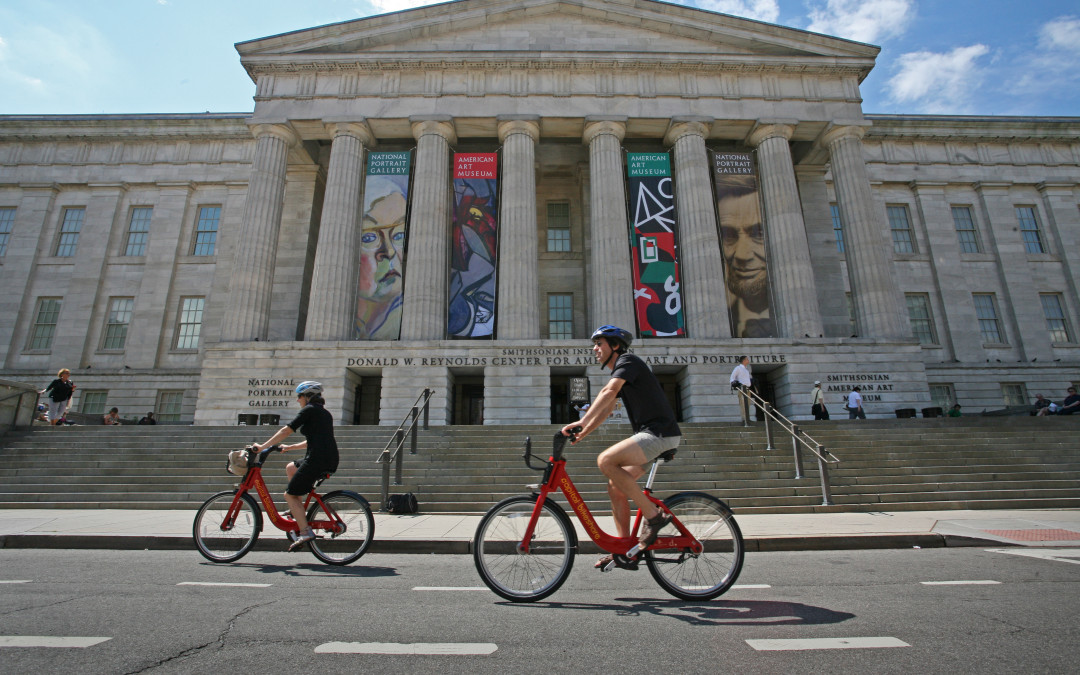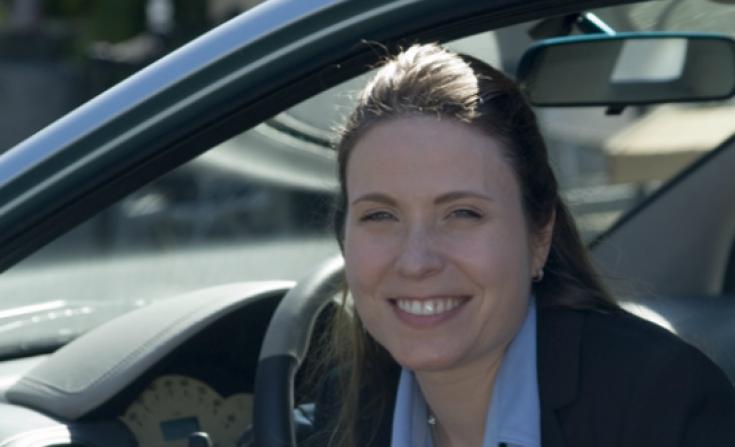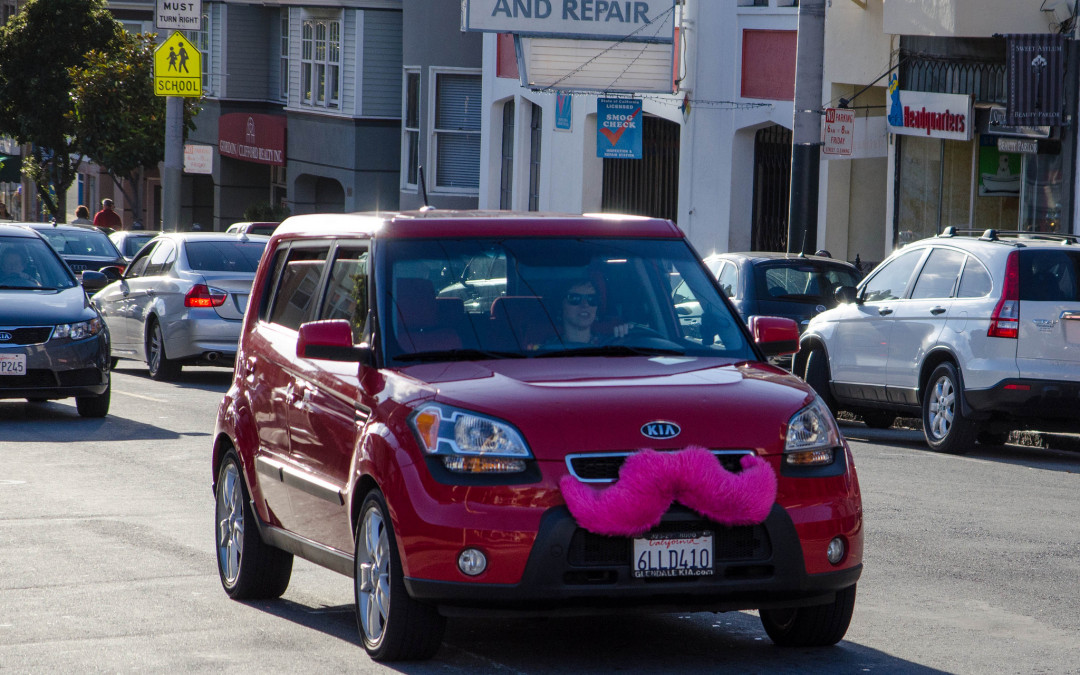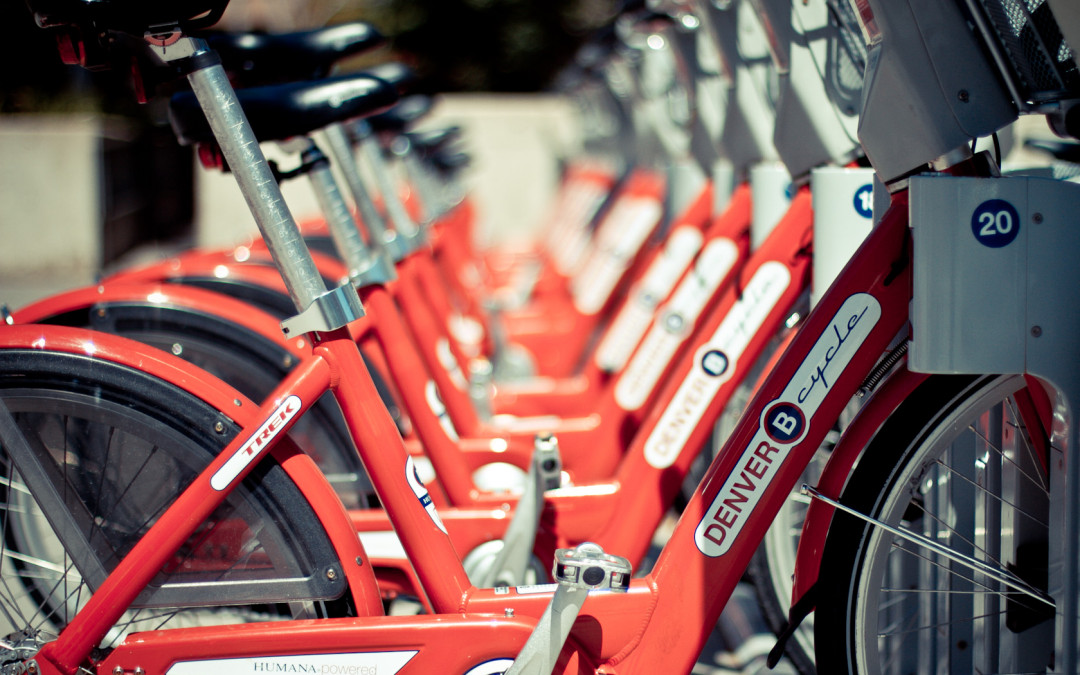
by mattchristensen00 | Feb 20, 2015 |
This workshop was sponsored by the Emerging and Innovative Public Transport and Technologies Committee (AP020); Shared-Use Mobility and Public Transit Subcommittee (AP020(1)); Emerging Ridesharing Solutions Joint Subcommittee (AP020(2)); Automated Transit Systems (AP040) Committee of the Transportation Research Board of the National Academies — Prepared by Susan Shaheen, PhD and Matthew Christensen, Transportation Sustainability Research Center, University of California, Berkeley On Sunday, January 11, 2015, Professor Susan Shaheen from the University of California, Berkeley and Jeffrey Chernick from RideAmigos led a one-day workshop on the present and future of shared-use mobility at the Transportation Research Board annual meeting in Washington, DC. The workshop featured speakers representing the various shared-use modes, other private sector representatives, and public sector officials, and many topics were discussed. Some of the highlights included: the role of integrated mobile payment; the need to integrate shared ride services with paratransit to increase its benefits; and autonomous vehicle technologies in the future of shared-use mobility. Public-private partnerships are critical to the future of transportation, and collaboration among different groups will be key to the development of effective mobility systems. In the opening session, Highlights from the Innovation in Mobility Public Policy Summit (IMPPS), Jason Pavluchuk from Pavluchuk & Associates recapped the key points from the IMPPS that was held in June 2014 in Washington, DC. More than 250 people attended the summit, which focused primarily on federal and local policy, and industry innovation. It was noted that while innovation moves more quickly than policy, some cities are beginning to develop frameworks to better manage innovation. On a national scale, Pavluchuk described that federal policy and capital programs have not...

by mattchristensen00 | Oct 14, 2014 |
By Matthias Krause If you’ve attempted to dive deep into the topic of car sharing, chances are you’ve come across Susan Shaheen, or at least some of her studies. About 18 years ago she fell in love with the concept, even though she’d probably never put it that way. The idea of car sharing “resonated” with her, she said, as a Ph.D. student at the University of California at Davis looking for a dissertation topic. She saw a lecture by Michael Glotz-Richter, a German Marshall Fund Fellow from Bremen. She was fascinated by behavioral effects of people joining car sharing, and the resulting benefits for the environment, she recalled from her office at the University of California at Berkeley, home of the Institute of Transportation Studies, where she serves as a co-director of the Transportation Sustainability Research Center. “He essentially showed that 44 percent or 45 percent of vehicle kilometers traveled were declining due to the use of car sharing, and people were selling their cars or not buying cars, somewhere around 7 to 15 I think the numbers were,” Shaheen said. The reductions in energy use and CO2 emissions were notable, achieved by people changing their behavior. “I had been working on this idea of the station car that goes to and from the transit station. Is there a way that those vehicles could be shared and we could bring the concept of car sharing to the U.S.? And I was really deeply interested, and studying this by actually demonstrating it, putting a real project on the ground and seeing if we could get people to behave differently, and...

by mattchristensen00 | Sep 12, 2014 |
By Caroline Said California regulators told Uber, Lyft and Sidecar that their new carpool options are a no-go because they violate a state law against charging different fares to passengers in a hired vehicle. The companies and transit experts condemned the move as squashing an environmentally friendly option. But it turns out that the California Public Utilities Commission, which sent warning letters to the companies last week, merely wants to spur them to get legislators to overhaul the law. “Our hands are tied,” said Marzia Zafar, PUC director of policy and planning. “We wanted to make the letter public to let the (ride companies) and the Legislature know that there is this code. It may be outdated; it may not. The Legislature will have to review it and make a judgment call.” Current law “strictly prohibits a charter party carrier from charging passengers on an individual-fare basis,” said the letters, available at http://tinyurl.com/lxmvh8n. “The commission lacks the flexibility to allow a transportation service that is contrary to the statute.” That law was written to prevent limo drivers from poaching passengers from shared vans like Super Shuttle, Zafar said. “Maybe this is an opportune time to review the code,” she said. Sources said that Uber is preparing a detailed explanation of why it believes it already complies with the law. The company was typically provocative in a prepared response. “We thought we had seen it all, and then the California PUC decided they would try to shut down app-based carpooling,” Uber wrote. “The only conclusion we can come to is that the PUC doesn’t like technology, environmental progress, or anything...

by mattchristensen00 | Jun 13, 2014 |
By Rachel Estabrook To get from Point A to Point B in Denver, people can drive themselves, take the bus or walk. But increasingly there are more options, and not just in Denver. Most of the new and sort-of-new services could only exist in the Internet age. Some, including Car2Go, Zipcar and OccasionalCar, allow people to borrow cars. B-cycle lends out bikes. And so-called ride-sharing services, such as UberX and Lyft, offer rides in strangers’ cars. They all employ smartphone applications, and while some don’t require customers to use apps, doing so makes using the services easier. And all of these services are part of the most radical shift in transportation since cars became commonplace. Susan Shaheen, co-director of the Transportation Sustainability Research Center at the University of California, Berkeley, says that on average nationally, membership in all the new services grew about 25 percent a year from 2008 to 2013. She expects growth will continue in a few ways: the number of services, the number of people using them, and the number of places they’re available. To read the full article, click...





